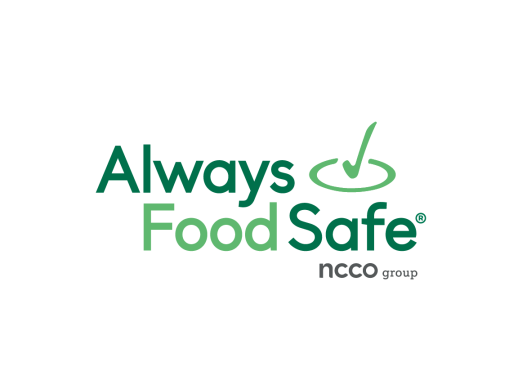In the bustling world of food service, safety is a dish best served consistently. The key ingredient? A comprehensive food protection manager certification. This essential certification isn't just another plaque on the wall; it's a testament to an establishment’s commitment to food safety, ensuring that all food managers are equipped with the necessary skills and knowledge to safeguard public health. In an industry where a single oversight can result in significant consequences, having a certified food protection manager at the helm is as crucial as the quality of ingredients used in every dish.

 English
English
 Spanish
Spanish
